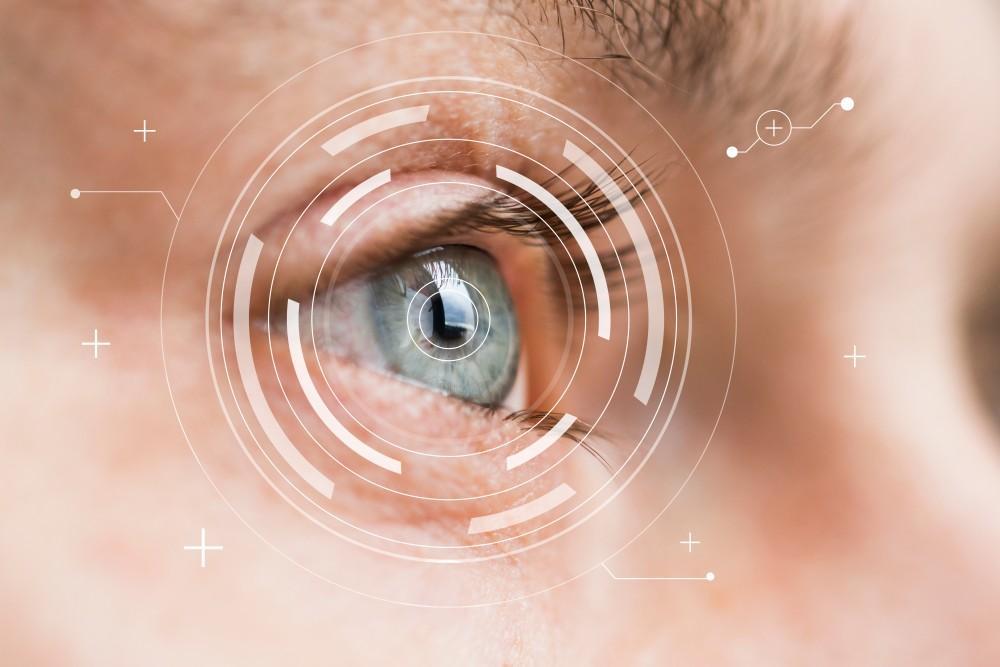
Can PRK Refractive Surgery Correct My Eyesight for Good?

Were glasses your first fashion accessory? Perhaps you couldn’t see the whiteboard in school. You’ve worn them for so long that your glasses or contacts are simply a part of your identity, but do you wish you could be free of them or at least not have to rely on them all the time just to see?
Board-certified ophthalmologist Dr. Stephen Khachikian helps free many patients from constant use of contacts or eyeglasses using a procedure called PRK refractive surgery. Here, we address how it can correct your eyesight for good.
How does PRK refractive surgery improve my vision?
PRK is an abbreviation for photorefractive keratectomy, a type of laser eye surgery that corrects refractive eye issues. If you have a refractive vision error, your cornea — the clear protective cover over your eye, normally shaped like a dome — is shaped imperfectly.
Your cornea and your lens enable light to bend onto your retina so you can see. If you have a problem with refraction, light coming into your eye doesn’t focus correctly on your retina. Your eyeball, cornea, or lens may deviate from the perfect shape so light doesn’t hit the retina directly as it should.
Refractive surgery can help you say goodbye to corrective lenses. During PRK surgery, Dr. Khachikian uses a computer to ensure exact accuracy in reshaping your cornea so light can focus correctly on your retina.
What vision problems does PRK help correct?
PRK surgery can correct nearsightedness, farsightedness, and astigmatism very well. It also may help patients with presbyopia, an age-related condition.
Myopia, or nearsightedness
If you have myopia, you can see objects that are close to you very clearly, but you can’t see objects very well at a distance. In school, you likely had problems seeing the blackboard or whiteboard. When you’re driving, it’s difficult to see road signs in the distance.
Your eyes aren’t refracting light correctly. Your cornea may have too much of a curve. In addition, normal eyeballs have a round shape. Your eyeball may be elongated.
Farsightedness
If you’re farsighted, you can see objects at a distance well, but you need your glasses for any close-up work, whether it’s reading, sewing, or working with machines or tools.
You have the opposite type of problem with your eye than a person who’s nearsighted. Instead of having a cornea that curves too much, your cornea is too flat, or your eyeball may be shorter than normal so it’s not in a perfectly rounded shape.
Astigmatism
If you have astigmatism, you have a problem with blurry vision. It’s challenging to read the fine print on a medicine bottle or to see a highway sign clearly.
Your eye shape isn’t perfectly round, and your cornea may have the longer curve of a football instead of being shaped like a dome. When light hits your eyes, it doesn’t bend evenly, causing blurriness.
Presbyopia
If you’re a senior, you may have presbyopia, an age-related vision problem that makes it difficult to see fine print and anything up close. If you choose PRK, you might still need reading glasses, so ask Dr. Khachikian whether other surgical options could be more appropriate.
PRK results
PRK surgery has excellent results. One year after PRK surgery, about 90% of patients achieve 20/20 vision and more than 95% achieve 20/40 or better without glasses or contacts.
Call the office of Dr. Stephen Khachikian or book an appointment online today for expert eye care. We’ll help you see more clearly.
You Might Also Enjoy...


I’m Not a LASIK Candidate. What About PRK?

Telltale Signs Your Eye Problem Is a Cornea Issue

Why Are Cataracts Common In Seniors?

Can You Prevent Keratoconus From Getting Worse?


